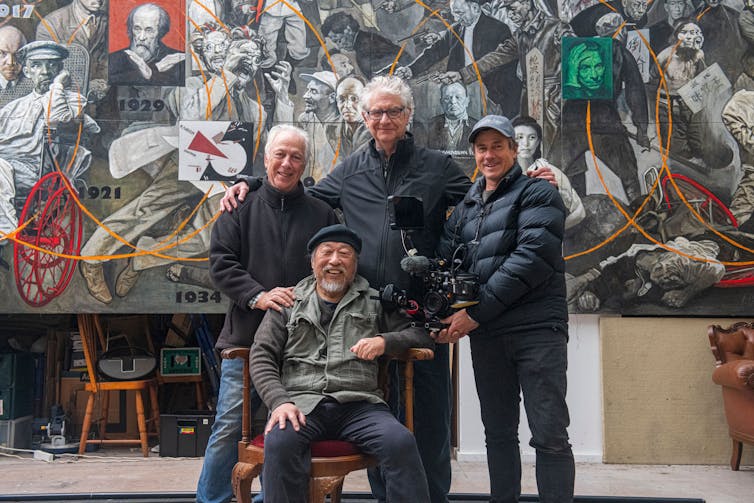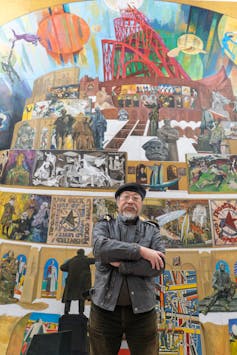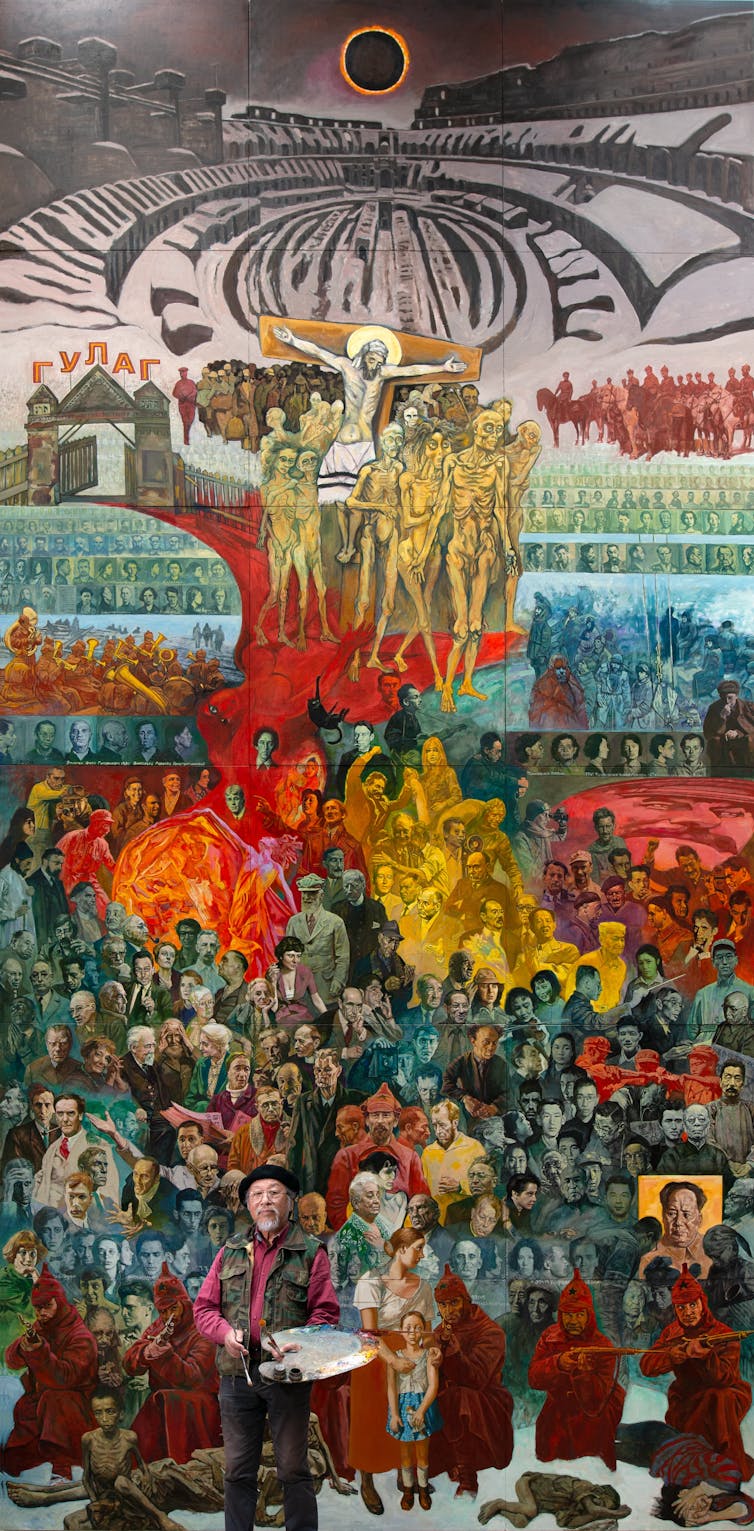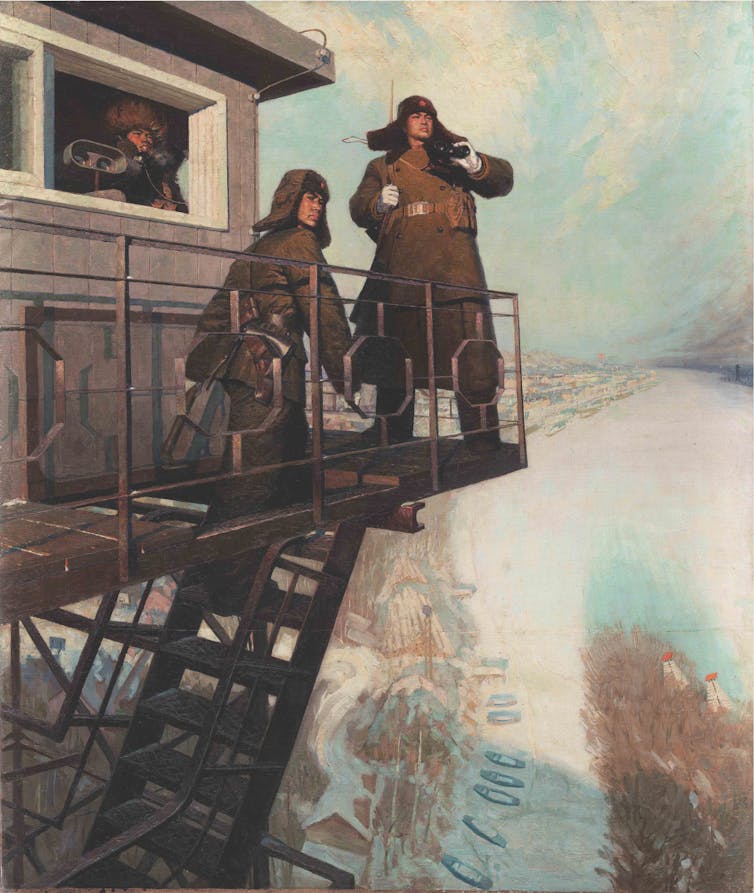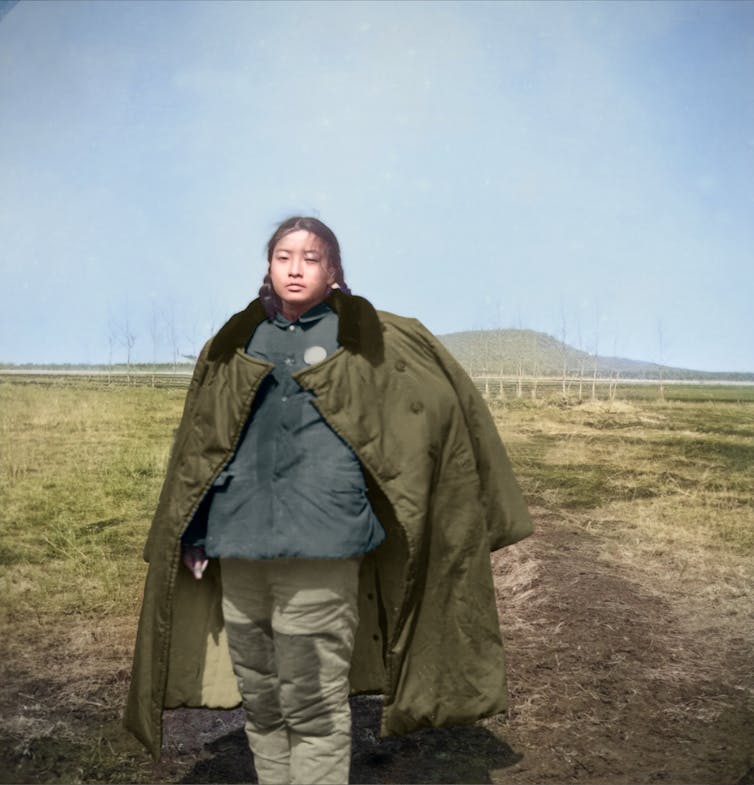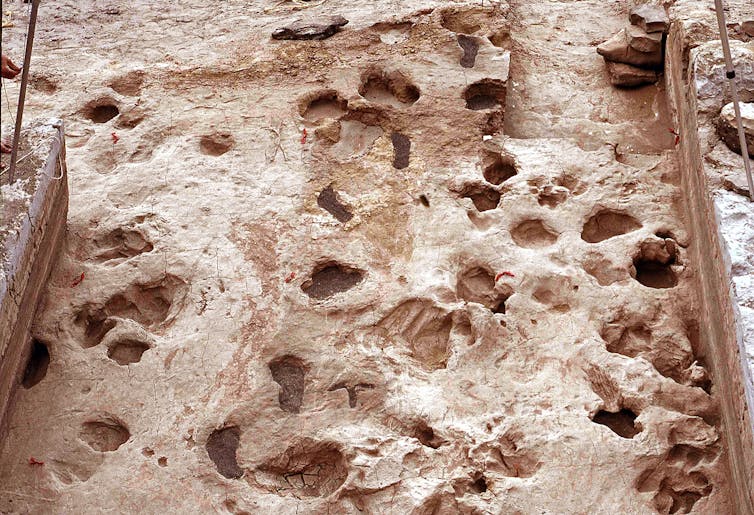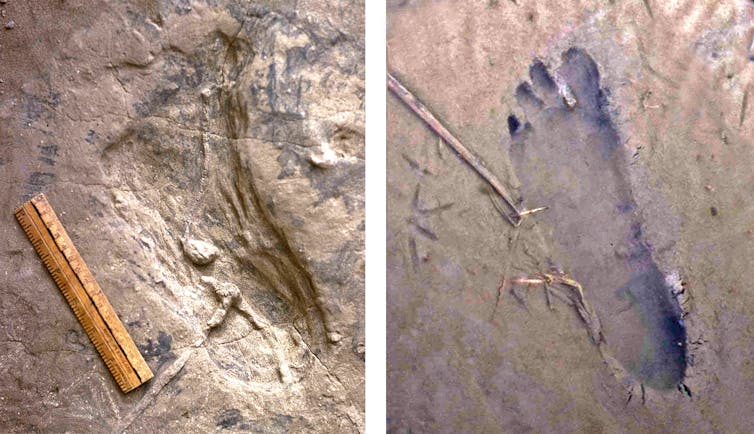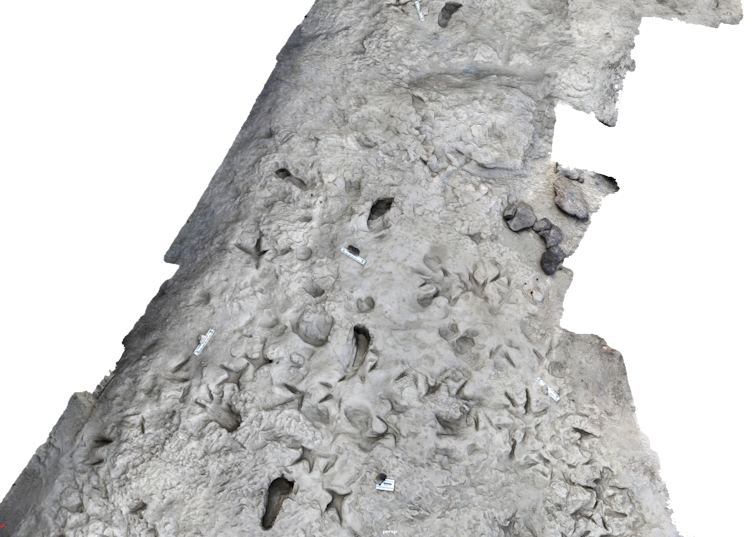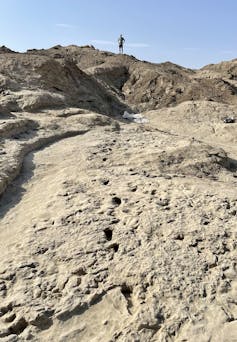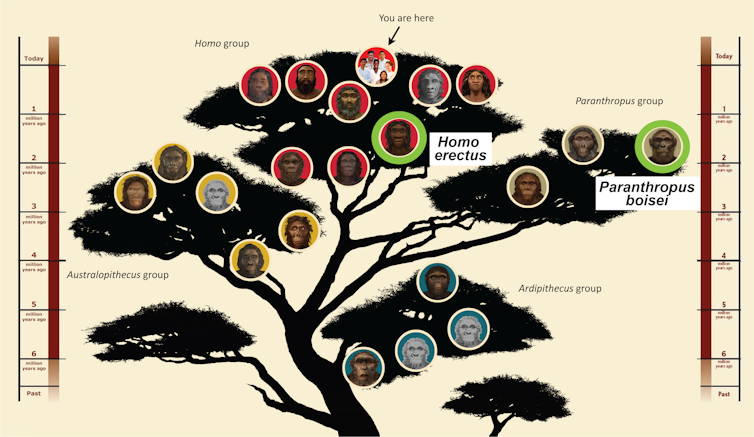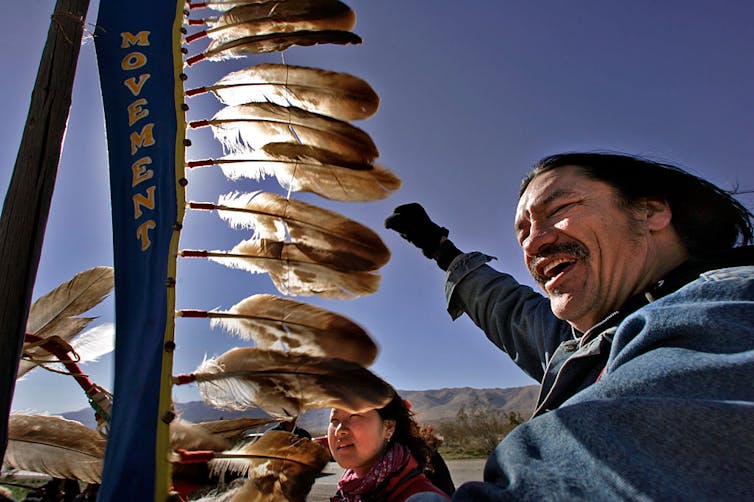What is your life worth, in dollar terms? The answers may surprise you. The asking price for murder, for example, is disconcertingly low. The average price of hiring a hitman is A$30,000, estimates British journalist Jenny Kleeman in her intriguing and thought-provoking book, The Price of Life. But the cost to the public purse is very high.
Here are some more striking figures (all converted into Australian dollars).
The average price of a ransom: $560,000. The payout to families if one of their loved ones dies in an act of terrorism (in Australia) $75,000. The average price of saving a life through strategic philanthropy: $6,000. And the price of buying a cadaver: $7,600.
Kleeman’s book investigates the many ways decision-makers find themselves putting a price on the priceless.
In her quest to discover how our modern world fixes a price to human life in a wide variety of contexts, she also investigates the costs and consequences of life insurance, the sale of body parts, and the inside details of government policy-making, compensation for murder and more.
As an ethicist, I enjoyed wrestling with the many surprising questions Kleeman’s fascinating book opens, even when I disagreed with some of her answers.
Who decides?
Of course, the amusing variations between the numbers Kleeman uncovers aren’t wholly unexpected: the prices affixed to human life in these contexts provide answers to very different questions. The hitman, for example, isn’t pricing that $30,000 based on how much they think a human life is worth. (Being the type of person who genuinely asks that question of themselves probably precludes that career path.) Instead, they are pricing the personal risks to them of committing the crime.
As this suggests, Kleeman’s book is not just concerned with how and why a human life is priced, but on who decides that price. Kleeman’s question encourages her to look in strange places and talk to interesting people, opening the readers’ eyes to decisions and calculations often hidden – sometimes deliberately so – from public view.
It spills over with fascinating characters: contract killers, police detectives, military jet pilots, philanthropists, life insurance investigators and government policy-makers. This is one of the book’s most delightful features. Her conversations with these varied characters are always engaging – because pricing life requires wading through deep ethical waters.
Ironically, Kleeman began work on the book in 2019. Back then, she – like so many of us – could comfortably avoid thinking about putting a price on human life and health. But that was pre-COVID. By early 2021, the question of what we are willing to pay to save lives was pressed onto us and our political leaders, in urgent and public ways.
‘Quality adjusted life years’
Confronting questions about what we will pay to save a life makes Kleeman’s subject especially vivid and urgent. Here, she meets strange ideas and stranger people: QALYs and effective altruists.
“QALYs” refers to Quality Adjusted Life Years – roughly, a year of human life lived in good health.
If pricing a life is to be done in any meaningful way, the QALY (or something like it) is a vital step in that direction. It lets decision-makers have a measure of consistency in allocating scarce resources.
For example, she discovers that the United Kingdom’s National Health Service will cover drugs that run to £30,000 (A$60,000) per QALY. More expensive treatments don’t present enough value per dollar invested. With a limited amount of funds to spend, it makes a kind of sense to spend them in the way that will do the most good possible, even if it involves making hard decisions.
It’s not just governments that try to carefully quantify the impacts of their dollars on human wellbeing.
Inspired by the writings of utilitarian philosopher Peter Singer, effective altruism is a philosophy that focuses on doing the most good possible with the available resources.
It made headlines last year, when (now disgraced) crypto king and loud-and-proud effective atruist Sam Bankman-Fried claimed he needed “infinite dollars” because he planned to address existential risks facing humanity.
The philosophy has been particularly influential with Silicon Valley philanthropists like Bankman-Fried, and Facebook co-founder Dustin Moskovitz, a major funder of the charity Open Philanthropy. Kleeman interviews the latter “OpenPhil” team, who explain how they try to direct the charity’s billions of dollars towards the most cost-effective ways of saving human lives.
Organisations like OpenPhil and GiveWell estimate it takes around A$6,000 to save a life.
A reluctant journey?
At the start of her journey, Kleeman was profoundly disquieted about pricing human life. She raises this concern consistently.
She notes that the effective altruists she interviews in San Francisco, for example, ignore the homeless people living on nearby streets. Instead, they maximise the life impact of their philanthropy by dispassionately directing their charity to far-off Africans.
By the book’s end, though, Kleeman finds herself more open to some of the ways a price is put on human life. Is this moral progress? Or – she wonders – has she simply become used to talking and thinking in these ways?
Kleeman writes best when she is struggling with these difficult questions. When she is cocksure, sneering at the cost of weapons systems as she claims the money could be better spent addressing climate change, her sweeping ethical statements seemed – to this ethicist at least – glib and unserious.
But when she wrestles squarely with the seeming need for pricing life, and the simultaneous horror of doing so, she brings the reader along on her challenging but illuminating journey.
Putting a price on life
To get to a price on life, two conceptual steps need to be made.
The first step is to judge that – in some ways at least – human lives are commensurable. That is, we can add up the value (the goodness, or happiness, or worthwhileness) of one life and numerically compare it to another.
This is controversial – but many would argue it can, or even must, be done. This is what QALYs aim to do. The ethical theory of utilitarianism, which tells us to maximise the sum total of happiness in the world, also urges us to do it.
Indeed, we all do something like this in our everyday lives. Whenever we decide to make the world a better place by helping other people, we are implicitly judging that the good we do for them will outweigh the possible risks or costs we impose on them.
The second step in pricing a life is fully converting those “commensurable” numbers, which represent the value of people’s lives, into monetary terms. This seems self-evidently morally awful. Humanity can’t be reduced to a fungible resource that allows it to be weighed alongside – and traded with – other market goods.
To me, what Kleeman’s book demonstrates – despite its title – is that almost no one actually does this. For almost all the people she interviews, the question is not: “what is the overall objective worth of a person, expressed in dollars?”
Instead, the questions they confront are more like: how much do I as an individual owe this person? How much should we as a community support this person? Given the extent of resources available, how do we save as many lives as possible? How much will my family need to be supported if I die?
None of those questions are morally objectionable. Sometimes they might need to be answered in dollar terms.
Sometimes, the money is symbolic
Kleeman suggests people will be morally outraged at the difference in numbers between, say, the payouts given to the families of victims of the 2017 London Bridge terrorist attack. In this horrifying tragedy, terrorists used a van to mount the London Bridge kerb and mow down pedestrians (including many tourists), before leaving the vehicle to murder other civilians, using knives they had strapped to their wrists.
In the aftermath, the families of victims struck by the vehicle were able to sue the deep pockets of the rental company’s insurer. The families of those stabbed on the street had only the highly variable payouts their native countries give to victims of terrorism.
But is this really a moral affront? There is no infinite slush fund to compensate for the bad things that happen to people. We can’t judge policy as if there were. This inevitably means the extent of compensation available to victims will depend on how they were harmed, who is legally responsible, and – yes – how deep their pockets are.
Even the variability between nations in payouts for victims of terrorism is understandable. Most of these payments are not designed to compensate for life lost. How could they be? Instead, they aim to show community concern and offer some basic support. These are factors that might reasonably lead to different outcomes.
Do dollars deny humanity?
Kleeman’s abiding question remains. What is gained, and what is lost, from answering difficult moral questions in quantified monetary terms?
Kleeman has strong views on the costs of doing so. Too easily, decision-makers can forget the human being represented by the numbers they work with. This can empower them to make hard, dispassionate judgements they likely would never make – could never make – to a person in front of them. Dollar amounts can be traded off easily, in ways human beings should never be.
Kleeman worries this dispassionate application of dollar sums to human problems requires a denial of humanity.
There are reasonable worries here, but Kleeman seems unduly cynical about moral perspectives that don’t match her own. (To the point where she wonders if San Francisco’s tech philanthropists actually prefer giving to Africans rather than homeless locals, because the former seem less blameworthy for their condition.)
But my own research shows we have good reason to think there is actually an astounding variety of reliable and fulfilling ways of being moral. Rather than deplore the diverse psychological motives that can drive people to philanthropic giving, we should simply celebrate the fact of their doing so.
Justice in numbers?
But enough on the costs. The really intriguing question is: are there moral goods to these numbers?
Kleeman seems unwilling to grant that the numbers might improve efficiency and effectiveness in morally important ways.
The effective altruists might seem to be perversely applying a mathematical and engineering perspective to matters of conscience. However, it is hard to deny they are literally saving more lives than they would using other approaches. On any ethical reckoning, it must matter that those abstract numbers eventually culminate in real human beings, who are living today because of these calculations.
Perhaps more surprisingly, there is also a sense of justice in these bare numbers.
As Kleeman’s thinking evolves, she occasionally gestures towards this possibility. There is a reason the statue of “Lady Justice” used to embody justice is often presented as blindfolded. It illustrates there are things that should not be taken into account in fair decision-making. Sometimes, personal, humanising details are morally inappropriate.
A good place to start
Kleeman recounts the heartwarming story of a child who was marginally ineligible for a lifesaving medical treatment to be funded by the UK health system. By going public with his story, his mother humanised her child and pushed the National Health Service to extend coverage for the treatment to her child, and more widely.
Yet equally, we all must know in our hearts that a similar story could be told – perhaps should be told – for all dying children, including the ones whose parents are unable to mount campaigns on their behalf.
At some point, the sterility of numbers seems not just expedient, but right. It reminds us that in important ways, we are all of equal moral worth, no matter whose stories seize national attention.
Ultimately, for those wondering how much numbers should be part of the solution to the moral problems we confront, Kleeman’s book presents a great place to start looking for answers.
Hugh Breakey, Deputy Director, Institute for Ethics, Governance & Law, Griffith University
This article is republished from The Conversation under a Creative Commons license. Read the original article.
 Hello Kitty bullet train in Japan.
Malcolm Fairman/Shutterstock
Hello Kitty bullet train in Japan.
Malcolm Fairman/Shutterstock
![]()



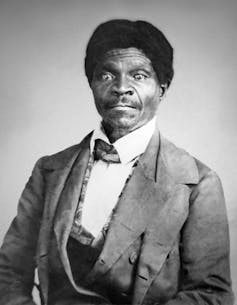











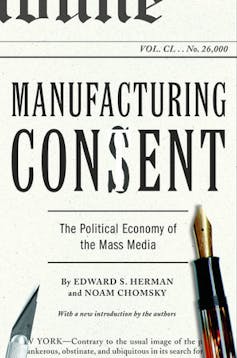



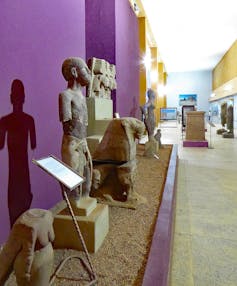


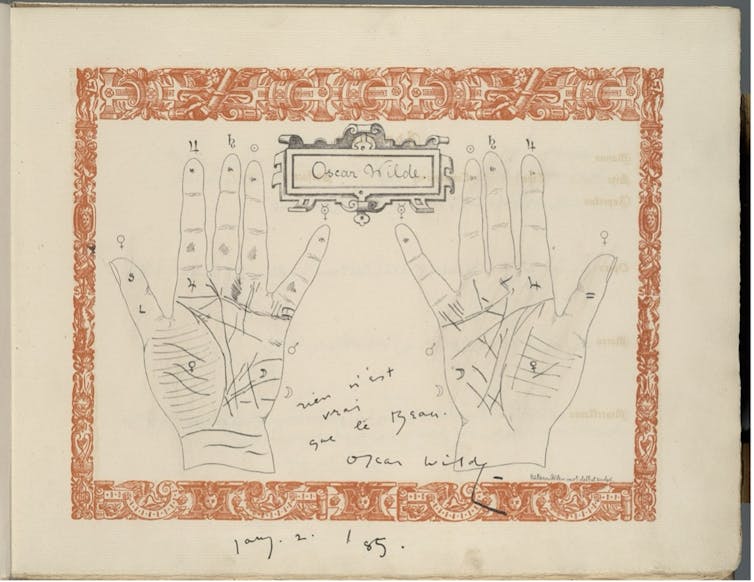
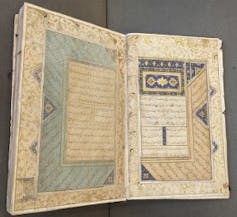
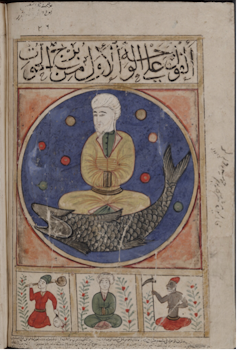


 The SLS performed very well during the Artemis I mission in 2022.
The SLS performed very well during the Artemis I mission in 2022.
 Could Nasa’s Orion crew capsule launch on another rocket?
Could Nasa’s Orion crew capsule launch on another rocket?
 Nasa has previously looked at whether Orion could be launched on a Falcon Heavy rocket.
Nasa has previously looked at whether Orion could be launched on a Falcon Heavy rocket.




